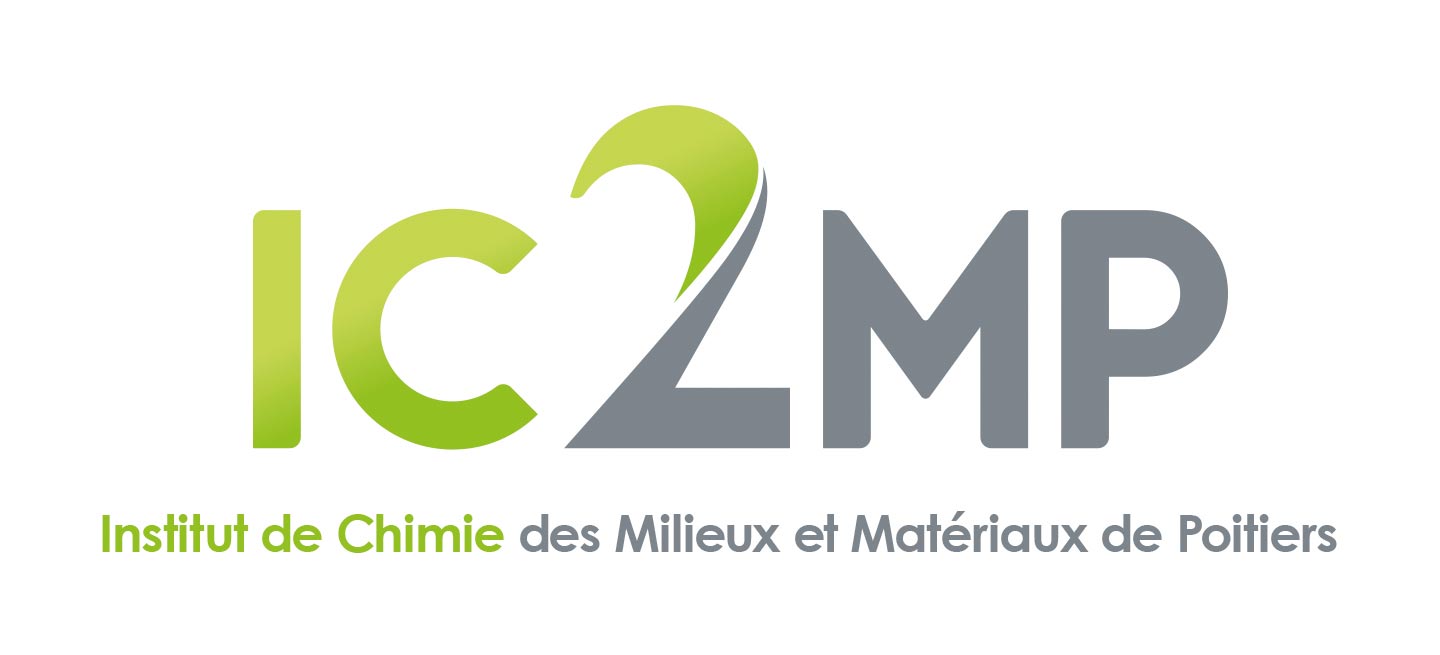The oldest record of Ediacaran macrofossils in Gondwana (~563 Ma, Itajaí Basin, Brazil)
Résumé
The Avalon biota (Ediacaran Period, 570–559 Ma) marks the first appearance of macroscopic and complex benthic communities in the fossil record. This assemblage is known from a few localities worldwide, mainly in Canada and England. Here, we report for the first time the presence of Ediacaran macrofossils in deposits of similar age from Gondwana (Itajaí Basin, southern Brazil). Our new radiometric date (~563 Ma) indicates that the Itajaí Basin can be chronocorrelated with the classic Avalonian deposits and thus represents one of the oldest records of the Ediacaran biota in Gondwana. We describe the presence of the Ediacaran genus Palaeopascichnus, as well as discs (Aspidella and Nimbia), and other problematic forms. Contrary to the deep-marine macroorganisms of the Avalon Assemblage, the Itajaí fossils are associated with abundant and exceptionally preserved three-dimensional microbial mats and microbially induced sedimentary structures (MISS) in relatively shallow settings (upper slope and distal delta front deposits). In this sense, the Itajaí biota could represent early adaptations of benthic macrobiota to the shallower and more photic environments that characterize the later White Sea Assemblage.
